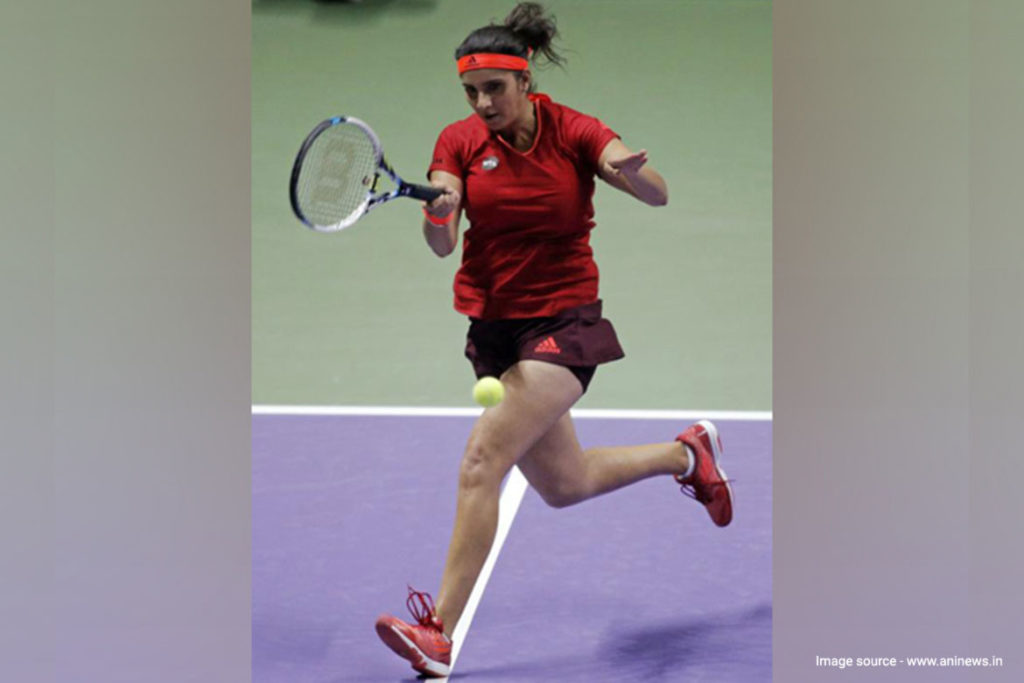Sania Mirza (sanja mrza; born November 15, 1986) is an Indian tennis player. She has six Grand Slam victories under her belt as a former world No. 1 in doubles. [4] The Women’s Tennis Association ranked her as India’s number one player from 2003 till her retirement from singles in 2013.
Mirza During her singles career, she defeated Svetlana Kuznetsova, Vera Zvonareva, Marion Bartoli, and Martina Hingis, Dinara Safina, and Victoria Azarenka, Martina Hingis, Dinara Safina, and Victoria Azarenka, all past world No. 1s, are among the participants. She is India’s highest-ranked female player, reaching No. 27 in the world in mid-2007. However, due to a significant wrist injury, she had to give up singles and focus on doubles.
She owns a variety of records in her native country for women’s tennis, including earning more than $1 million in her career (nearly $6.9 million in total), winning a singles WTA title, and winning three Grand Slam titles (three each in women’s doubles and mixed doubles), as well as qualifying for (and winning) the WTA Finals in 2014 with Cara Black, and defending the title the following year with Martina Hingis.
Mirza is one of only two Indian women’s tennis players to have won a WTA championship of any type, and she is the only one to have reached the top 100 singles rankings. After Nirupama Mankad and Nirupama Sanjeev, she is the third Indian woman to play and win a round in a Grand Slam tournament in the Open Era. Mirza has won more WTA doubles titles than any other active player on the tour, with 43 trophies. She has also been the world’s No. 1 in doubles for 91 weeks.
Mirza was awarded WTA Newcomer of the Year in 2005, and she and Martina Hingis were named doubles team of the year in 2015, going on to enjoy one of the longest winning streaks in tennis history, with a 44-match winning run.
In addition, she holds 14 medals (six gold) from three major multi-sport events: the Asian Games, Commonwealth Games, and Afro-Asian Games.
In October 2005, Time named Mirza one of the “50 Heroes of Asia.” The Economic Times named Mirza one of the “33 women who made India proud” in March 2010. On November 25, 2013, she was named the UN Women’s Goodwill Ambassador for South Asia at an event commemorating the International Day to End Violence Against Women. She was selected on Time magazine’s 2016 list of the world’s 100 most powerful people.
Success on the Junior ITF Circuit from 2001 to 2003
Sania Mirza began playing tennis when she was six years old and became a professional in 2003. Her father was her teacher. As a junior, Mirza won 10 singles and 13 doubles titles. She and Alisa Kleybanova won the Wimbledon Championships Girls’ Doubles title in 2003. She also made the quarterfinals of the 2002 US Open Girls’ Doubles and the semifinals of the 2003 US Open Girls’ Doubles partnering with Sanaa Bhambri. Mirza debuted on the ITF Circuit as a 15-year-old in April 2001, and she quickly rose up the ranks on the senior circuit.

Success on the WTA Tour and at Grand Slam tournaments in 2004–2005
Mirza was a wildcard entrant at her local event, the 2004 AP Tourism Hyderabad Open. In round one, she gave Nicole Pratt, the fourth seed and eventual champion, a strong battle but lost in three sets. She won her first WTA doubles title with Liezel Huber at the same tournament.
Mirza advanced to the third round of the 2005 Australian Open after defeating Cindy Watson and Petra Mandula in the first and second rounds, respectively, before losing in straight sets to eventual winner Serena Williams.
Sania Mirza Style of play
Mirza is an energetic tennis player with a powerful groundstroke who is recognized for her groundstrokes’ sheer velocity, which she uses to create excellent openings. Her forehand, as well as her volleying abilities, are her key assets. Ilie Năstase, a Romanian legend, has been compared to her power game. She’s also a fantastic serve returner, with several return winners during matches.
Mirza seeks out winners from a variety of perspectives. According to Mirza, “There’s no doubt that my forehand and backhand can compete with anyone; it’s just a matter of where they’re used. I have the ability to hit the ball as hard as anyone “I’m not that quick on my feet,” she continued, referring to her most obvious flaw, which is her movement around the court. Mirza has a hard time traveling up and down the court. Mirza’s second serve and limited mobility are frequently cited as major flaws. Her singles career was virtually over by 2012 due to a series of injuries “inputs from en.wikipedia.org”.
